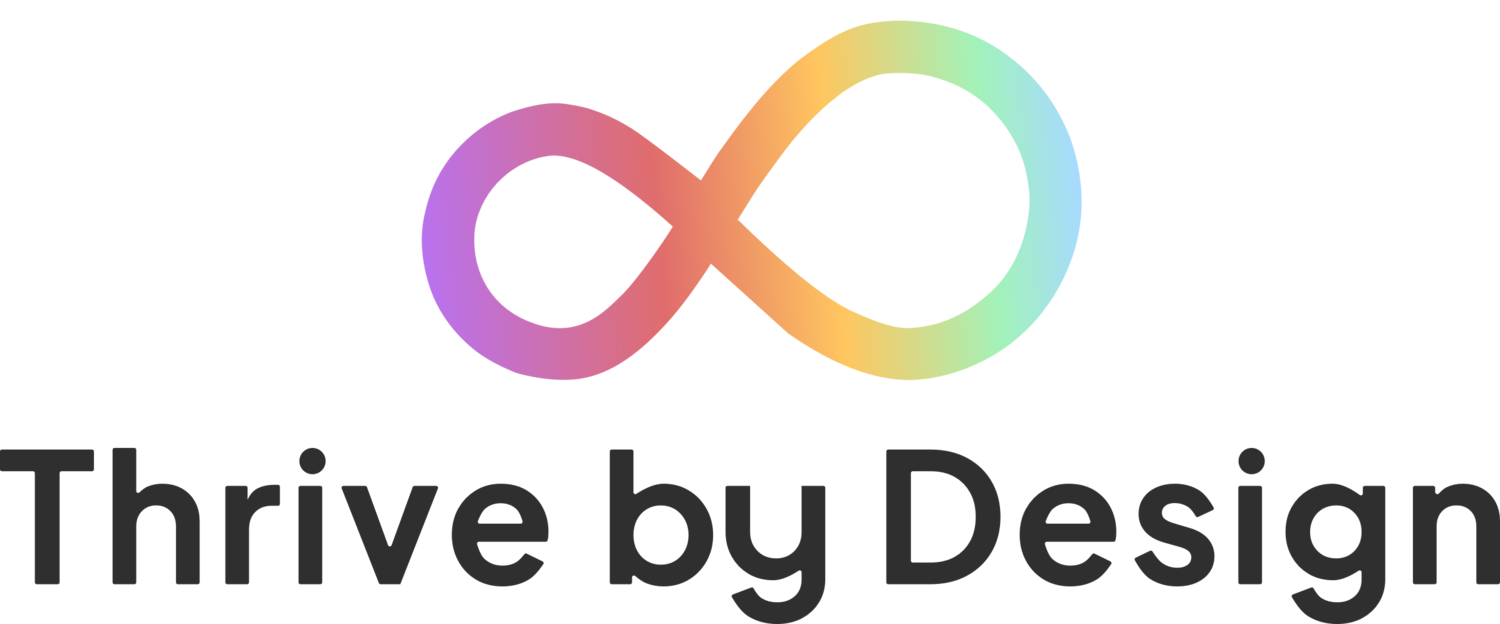Digital Exclusion Heatmap
A data-driven analysis of the multifactorial challenges people face across regions and communities.
Over the last 3 years, we have been developing a Digital Exclusion Heatmap that uses data to help understand the complexity of digital exclusion across different areas of the country.
The heatmap has been developed in partnership with four Integrated Care Systems (ICSs):
Cheshire and Merseyside ICS
Norfolk and Waveney ICS
Nottingham and Nottinghamshire ICS
North East and North Cumbria ICS
And has been instrumental in guiding our inclusive digital transformation projects in West Yorkshire, Cambridge, and Greater Manchester.
The Digital Exclusion Heatmap we developed with Cheshire and Merseyside ICS has been recognised by NHS England as a best practice example in the recently launched Inclusive Digital Healthcare Framework.
Below is an overview of the problem we’ve explored and the solution that we’ve co-designed.
The problem
There are a lot of statistics used to describe the scale of digital exclusion. The latest 2023 Consumer Digital Index from Lloyds states that in 2023 2.1 million people in the UK were offline, and c.4.7 million people could not connect to Wi-Fi, impacting their everyday lives.
But how do we understand what that really looks like for people and their access to health and care? And how do we understand it in a regional and local context in order to direct digital inclusion work to meet the needs of our populations?
Digital exclusion is complex
The more time we have spent exploring digital exclusion and understanding the many different factors and variables that can lead to someone being digitally excluded, it has become clear that this is an extremely complex and ever-changing challenge.
What we know about digital exclusion:
It is dynamic: Digital exclusion is shaped by various changing factors such as economic shifts, societal developments, regional infrastructures, and personal health circumstances.
There are diverse contributing factors: Factors like age, socio-economic deprivation, broadband availability, literacy, and accessibility play a crucial role in digital exclusion.
It has socio-economic and health impacts: Those facing digital exclusion often encounter greater health and social disadvantages, exacerbating inequalities.
There are regional differences: The extent and nature of digital exclusion differ across regions due to local demographic and infrastructural differences.
It is continuously evolving: The factors leading to and effects of digital exclusion are constantly evolving, requiring ongoing vigilance and adaptive strategies to capture relevant data.
We set out to explore these questions and co-design a solution that would help to navigate this complexity.
Our solution
Our Digital Exclusion Heatmap uses data available that can be mapped geographically to help visualise the risk of digital exclusion and the capacity available to tackle it.
It integrates and weights both risk factors (like age, socio-economic conditions, health issues, and infrastructure) and capacity indicators (digital inclusion activities and resources), offering a multifaceted view of the context.
What the heatmap does
The heatmap is an exploratory tool offering:
Intuitive visualisation: The heatmap's colour-coded system offers an easily understandable visual representation of digital exclusion, making complex data more accessible.
An initial analytical step: It serves as a foundational tool for beginning in-depth analysis, providing a clear starting point for further research.
Filtering and focusing: The heatmap allows for efficient exploration, enabling users to filter and focus on areas of interest or compare factors across regions to understand varying contexts.
A guide for focused interventions: Its ability to spotlight specific areas and guide the initial steps in targeted digital inclusion initiatives.
A foundation for comprehensive research: While providing initial insights, its full potential is realised when combined with qualitative research and detailed on-the-ground data analysis.
The heatmap benefits
The benefits of the heatmap include:
Reliable data integration: The heatmap utilises data from credible sources like Office for National Statistics (ONS), NHS Digital, Consumer Data Research Centre (CDRC), Ofcom, and GOV.UK, ensuring a robust foundation and future updates.
Data normalisation and weighting: This data is normalised and weighted to generate a digital exclusion index, which underpins the map's colour-coding.
Context visualisation and comparison: While not a definitive measurement instrument, the heatmap excels as a tool for visualising and comparing contexts, offering a quantitative 'baseline' for subsequent qualitative analysis in understanding digital inclusion complexities.
Enabling multifactorial comparison: This holistic approach allows for effective comparison across regions, highlighting areas needing targeted digital inclusion efforts.
Our approach
The current version of the Heatmap is in its fourth iteration having started out as a minimal prototype using Google’s free Maps solution. We’ve taken a co-design approach, sharing each iteration and working closely with the people using it to understand how it is being used and where it could be improved. Feedback and co-design workshops have led to changes and improvements resulting in the latest version which has been developed using Microsoft’s Power BI tool that is widely used across the NHS so it can be integrated into existing structures.
Interested in developing a Digital Exclusion Heatmap for your area?
If you would like to find out more about the heatmap, would like to request a demo or would like to discuss how we could work with you to develop a heatmap for your region or ICS, please get in touch with us at thrivebydesign.lypft@nhs.net.


